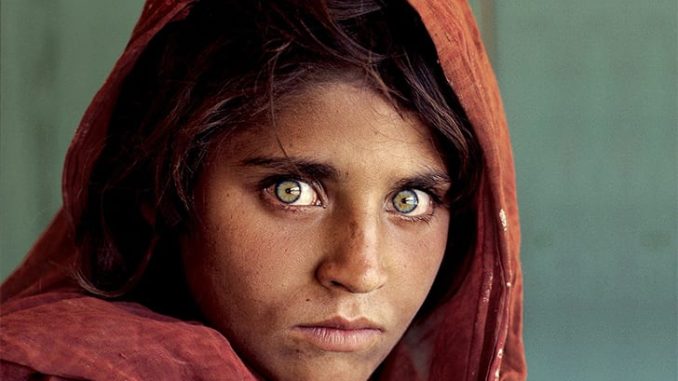
You can say it’s just a picture; a picture of a young woman stationed at a refugee camp in the border between Afghanistan and Pakistan. But ever since it was published in the cover of National Geographic in 1985, Afghan Girl became a lot more than just a picture.
The photo’s release generated a series of events that have forever shaped the Westerner’s approach to the Middle East and, quite particularly, the life of an otherwise regular Pashtun woman. There’s a lot to take in from this moving story, so let’s get started.
The First World’s Third World Mona Lisa
With the Cold War memories still inspiring some echoes of terror, the Russians backed the American-supported Afghan Army during what would become a major diplomatic conundrum. In one of the world’s most troubled and recurrent war zones, Sharbat Gula was a child living in the Nasir Bagh refugee camp.
It was in this scenario of horror and destruction that Steve McCurry found the girl that became known as the “First World’s Third World Mona Lisa.” Amidst the chaos that ruled in an ever-troubled Middle East territory, a glimpse of hope was forever captured by the lenses of a professional photographer named Steve McCurry.
The post The Moving Tale Of The Woman Behind The World’s Most Iconic Photograph appeared first on Telehealth Dave.
